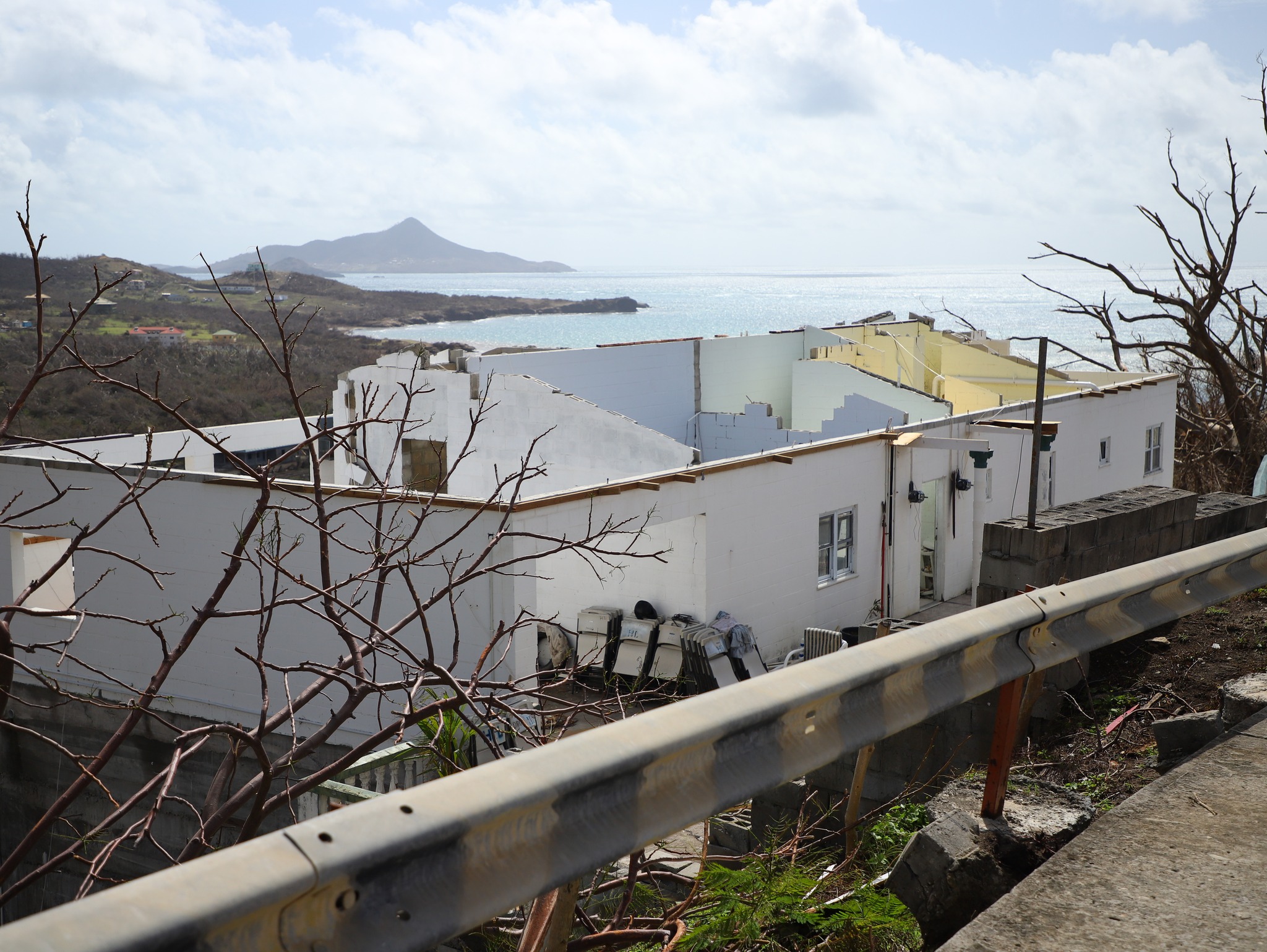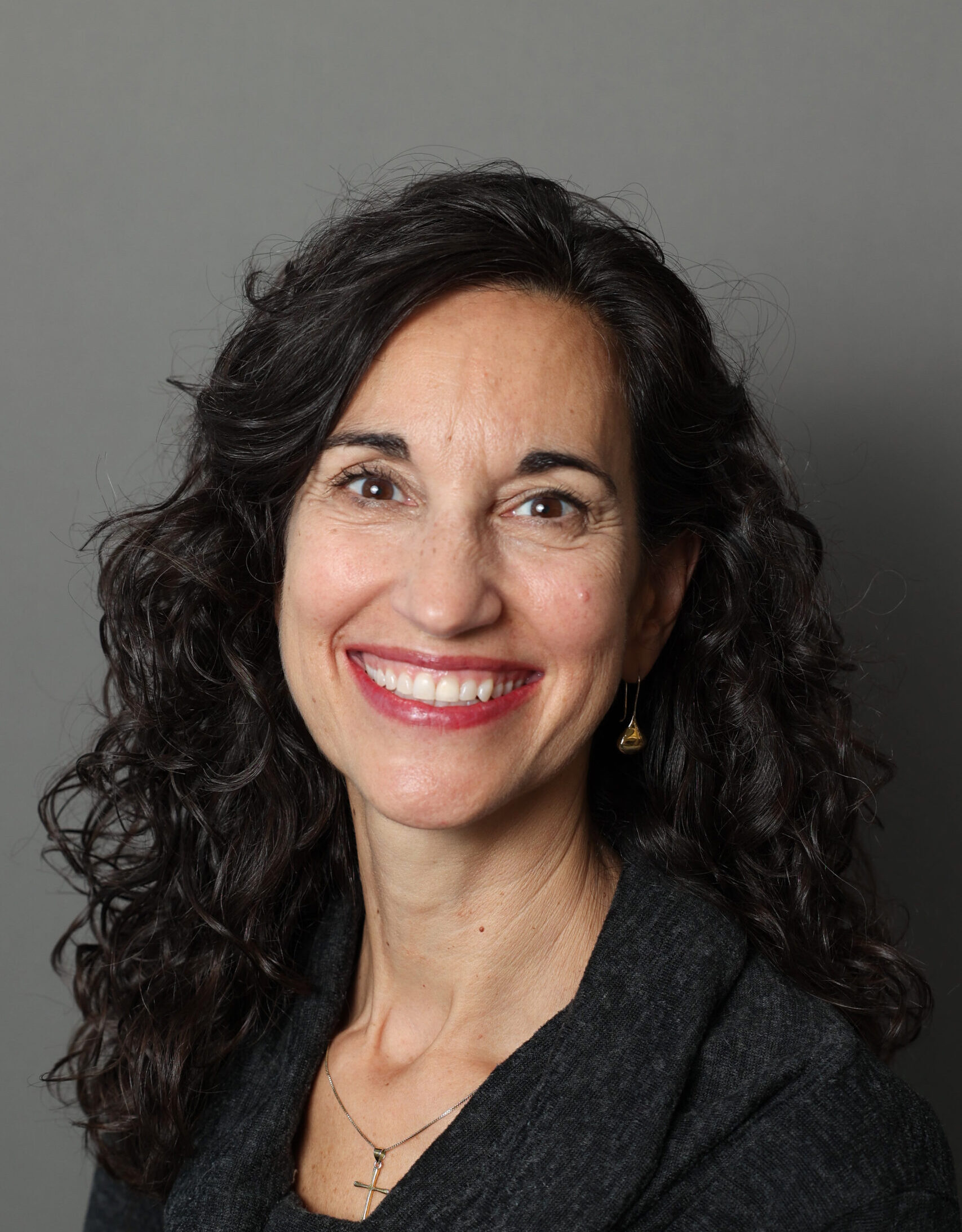Sun, sea and hurricane recovery in the Caribbean

Sun. Sea. Sand. Paradise. The Caribbean: “…faced with its beauty, the sigh of history dissolves.” (D. Walcott)
These are the mental pictures we often have about the Caribbean, and they are all true. But after a hurricane, other pictures also come to mind. We saw this in the recent effects of Hurricane Ernesto, which hit Puerto Rico in late August, causing flooding from storm surges and leaving hundreds of thousands without power. It is still early in the season, and there have already been more hurricanes than at this point in the season in previous years. Experts warn that this trend is likely to continue.
Hurricanes and other weather-related hazards continue to escalate across the Caribbean. Some studies show that countries in the Caribbean, on average, suffer yearly losses from storm damages equivalent to 17% of their GDP. This means that the countries most affected are often in constant recovery. We must scale efforts to prepare, respond to and perhaps most importantly, increase our focus on long-term recovery as accumulated disasters impact the region.
Beryl in the Eastern Caribbean
When Hurricane Beryl hit the Eastern Caribbean (and continued into Texas and Mexico, among other locations) in July, it broke multiple records as the earliest Category 5 hurricane ever seen in the Atlantic basin. Still, it registered as a relatively minor blip in the media. As has often been the case with hurricanes in the Caribbean, attention to its effects in the region was low. Perhaps we prefer the image of uncorrupted paradise to the reality, which is much more complex.
The Eastern Caribbean (EC), though stunningly beautiful and culturally and socially vibrant, is also one of the poorest regions in the Western Hemisphere. Official poverty rates in the EC were already high before the pandemic: Grenada’s poverty rate was the highest in the region at 38%, and St. Vincent and the Grenadines was third highest at 30%. These rates have only grown since 2020 as a result of COVID-19 due to deep losses and only partial recovery in the tourism sector.
Hurricane Beryl hit Grenada and St. Vincent particularly hard. Thankfully, immediate loss of life was minimal, but long-term effects are harder to measure. If a disaster is a hazard meeting vulnerability, then for those two countries, Beryl was undoubtedly a disaster that continues to have lasting effects, not just there but across the Caribbean. As Nadella Oya of createfuturegood put it in a recent webinar, “When Grenada sneezes, [the EC] catches a cold.”
These islands are connected by language, culture and commerce and are therefore connected by vulnerability as well. And Beryl affected the area in ways that continue to be felt a month later, particularly in livelihoods and health.
Recovery will take time
Saint Vincent and the Grenadines continues to face a “severe food insecurity crisis” due at least in part to the effects of Hurricane Beryl, which resulted in the loss of almost the island nation’s entire banana and plantain production and the fishing sector. In Grenada, the island of Carriacou had nearly 100% of its housing structures damaged, and critical infrastructure like schools, health clinics and roads were damaged or destroyed. To date, very little has been rebuilt.
But it is a testament to the willpower and communal strength of these small but mighty islands that life continues, even as they try to rebuild. Despite damage to many schools and health clinics, schools are reopening in September in Grenada and St. Vincent and the Grenadines. The Grenada Red Cross Society and the Caribbean Disaster Emergency Management Agency continue their efforts to respond to humanitarian needs. In Grenada, the government has offered a much-needed waiver of the tax duties associated with bringing in supplies for daily life and rebuilding, which will be in effect through the end of the year.
And the islands remain open for tourism and eagerly welcome guests who want to come and enjoy ”Paradise” for a season. Sun, sea, sand and hurricane recovery – all part of island life.
What can we do:
- Pay attention with us. Understand the effects of hurricanes in the Caribbean and beyond by reading our regular “What We’re Watching” blog post and our regularly updated disaster profile for Atlantic Hurricane Season.
- Donate to one of these CDP funds. Giving to these community-centered grant funds supports long-term community recovery in areas affected by hurricanes and other disasters:
